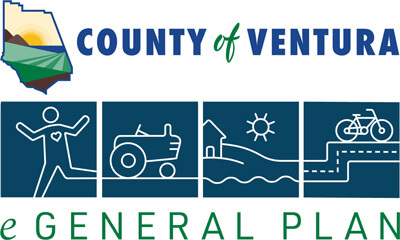The Climate Emergency Council that would be established under COS-CC shall develop recommended subprograms which implement the 52 policies identified in Table 4.8-7 of the draft EIR that do not have associated implementation programs in the 2040 General Plan. For any additional future policies that may be adopted as part of the County’s Greenhouse Gas (GHG) Reduction Strategy (2040 General Plan, Policy COS- 10.1), the CEC may recommend new subprograms. The CEC shall demonstrate in the materials submitted to the Board of Supervisors that the proposed subprograms and policies would result in quantifiable GHG emission reductions that further the County’s progress towards achieving the 2030, 2040, and 2050 GHG reduction targets and goals established in the 2040 General Plan. The GHG emission reduction policy topics that may be considered and analyzed by the CEC for recommendation to the Board of Supervisors are identified in the Table 4.8- 7 and include but are not limited to the following:
- Sustainable Technologies;
- Regional Bicycle Infrastructure;
- Funding and Maintenance for Sidewalks;
- Amtrak Service Improvements;
- Routine Use of Alternative Transportation Options;
- Permeable Pavement;
- Facilities for Emerging Technologies;
- Electric Vehicle Charging Stations;
- Neighborhood Electric Vehicles;
- Shared Mobility Operations;
- Sustainable Community Facility Design;
- Energy Efficient Facility Construction, Purchases, Leases, Retrofits, and Expansions;
- Agricultural Waste Reuse;
- Value-Added Alternatives to Waste Disposal;
- Smart Grid Development;
- Consistent Fire Protection Standards for New Development;
- Soil Productivity;
- Incentives for Energy Efficiency;
- Battery Energy Storage Systems;
- Air Pollutant Reduction;
- Air Pollution Impact Mitigation Measures for Discretionary Development;
- Transportation Control Measures Programs;
- Alternative Transportation Modes;
- Urban Greening;
- Integrated Pest Management Practices;
- Technological Innovation; and
- Renewable Energy Facilities.
The CEC’s recommended GHG reduction subprograms and policies shall be presented to the Planning Commission for review and recommendation to the Board of Supervisors, and then to the Board of Supervisors for consideration and approval, no later than 2025. The Board of Supervisors shall have sole authority to adopt (including as modified) and direct the County’s implementation of the subprograms and policies that are developed and recommended by the CEC. Any CEC recommendation that would require amendments to the 2040 General Plan, County ordinances, policies or regulations shall be processed and approved by the County in accordance with all applicable legal requirements.
